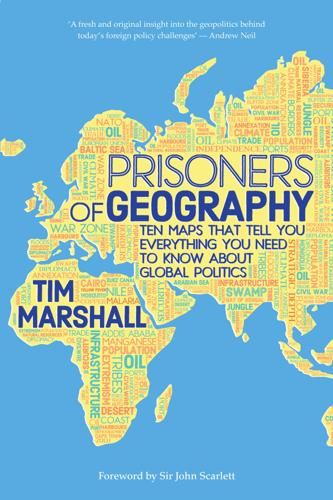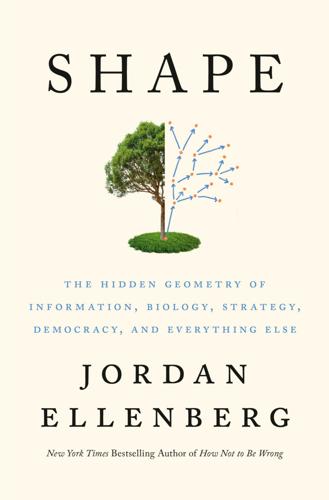
Everydata: The Misinformation Hidden in the Little Data You Consume Every Day
by
John H. Johnson
Published 27 Apr 2016
Even worse, the distortion wasn’t equal; the farther an object is from the equator, the more distorted it appears. In practical terms, this means that objects closer to the poles appear to be much larger, relatively speaking, than objects closer to the equator. This artifact is commonly known (to cartographers, at least) as “the Greenland problem” because, on a Mercator map, it looks like Greenland is about the same size as Africa. But it’s not. In fact, it’s not even close. If you compare the two based on land area, Africa is approximately 14 times larger than Greenland. But Africa is on the equator (hence, less distortion) while Greenland sits largely above the Arctic Circle, and therefore looks much larger on a Mercator map than it really is.2 So what’s the problem?

Maphead: Charting the Wide, Weird World of Geography Wonks
by
Ken Jennings
Published 19 Sep 2011
.* The problem is that this kind of projection inflates the polar regions way out of proportion—in fact, on such a map, the poles can never even be drawn, because they’re an infinite distance from the Equator.† Mercator maps were still used everywhere when I was growing up—classrooms, nightly newscasts, stamps, government briefing rooms—and so my generation grew up thinking that Greenland was bigger than Africa, since Greenland is oversized fourteenfold on Mercator maps. Of course, all map projections have to fudge somewhere, whether on area or on direction. Imagine trying to flatten an orange peel onto a flat surface, and as it tears and scrunches, you’ll see the problem: something’s got to give.* But the Mercator map stayed so popular in the West for so long, at least in part, because of how helpful its particular distortions were.

Prisoners of Geography: Ten Maps That Explain Everything About the World (Politics of Place)
by
Tim Marshall
Published 10 Oct 2016
If you look at a world map and mentally glue Alaska onto California, then turn the United States on its head, it appears as if it would roughly fit into Africa with a few gaps here and there. In fact, Africa is three times larger than the United States. Look again at the standard Mercator map and you see that Greenland appears to be the same size as Africa, and yet Africa is actually fourteen times the size of Greenland! You could fit the United States, Greenland, India, China, Spain, France, Germany, and the UK into Africa and still have room for most of Eastern Europe. We know Africa is a massive landmass, but the maps rarely tell us how massive.

Shape: The Hidden Geometry of Information, Biology, Strategy, Democracy, and Everything Else
by
Jordan Ellenberg
Published 14 May 2021
Indeed, Mercator cut his off at parallels well short of the poles to avoid the painfully apparent Arctic and Antarctic distortions. Latitude lines near the poles get farther and farther apart on the map, while in real life they’re separated by the same distance. That makes things in the polar region look bigger than they really are. In the Mercator projection, there’s as much Greenland as there is Africa. In reality, Africa is fourteen times bigger. Couldn’t there be a better projection? You might want great circles to show up as straight lines (a gnomonic projection) and you might want the relative areas of geographic objects to match real life (an authalic projection) and you might want the projection to get angles right (a conformal projection, of which Mercator’s is one).

Mapmatics: How We Navigate the World Through Numbers
by
Paulina Rowinska
Published 5 Jun 2024
This time the cylinder didn’t wrap the globe but cut through it at latitudes of forty-five degrees north and south. When the globe was projected, Peters doubled the length of the cylinder, thus stretching the map vertically by a factor independent of the latitude, unlike Mercator, whose stretches increased towards the poles. This resulted in a projection that preserves the relative sizes of landmasses. On Peters’s map, South America is over eight times bigger than Greenland, Alaska is smaller than Libya, and Africa seems enormous, as it should. But this ‘new’ map came with new problems – starting with its authorship. Peters failed to mention that a strikingly similar projection had already been described a century earlier by Scottish clergyman James Gall.